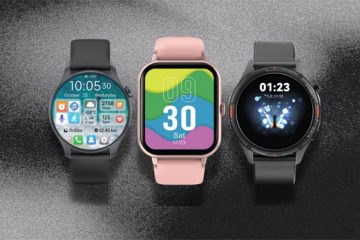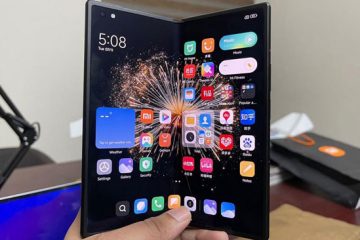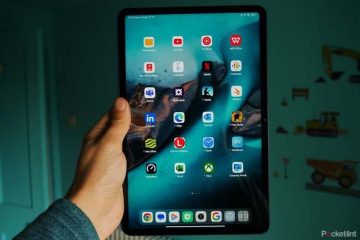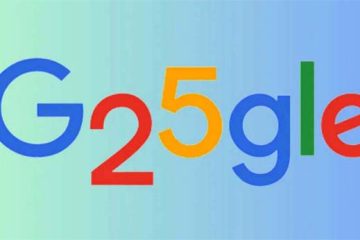Integrated Mobile Broadband gets the seal of approval from the GSM Association
The GSM Association is getting behind the emerging mobile broadcast technology IMB (Integrated Mobile Broadcast), it said on Wednesday. The technology opens the door for more mobile TV channels and better picture quality, according to chip maker IPWireless.
The GSM Association (GSMA) got involved at the behest of some of its member operators, according to its director of technology, Dan Warren. The standards work had reached a blocking point between Ericsson and IPWireless and the GSMA helped solved those issues, which were about frame formats and “very technical and quite trivial”, Warren said.
The name of the technology was also changed from Downlink-Optimized Broadcast (DOB) to IMB. “There was quite a lot of stigma attached to the previous name as a result of this quite acrimonious, at times, standards work,” said Warren.
GSMA’s endorsement comes with a white paper that provides a guide to IMB technology for mobile network operators on how the technology can be used.
For users, the adoption of IMB will mean better mobile TV picture quality, since the technology makes it possible to use more bandwidth per channel. It also lets operators offer more channels and send them to more users, according to Bill Jones, CEO at IPWireless, which is currently developing chipsets and software for IMB.
But mobile TV isn’t the only application that IMB can be used for. Any application that needs to send lots of the same data to a large number users is a good fit for IMB. Other uses are digital radio, application and content downloads, and the distribution of common content on Internet services such as Spotify, which is a streaming music service, and on YouTube. Currently, 20 percent of all data sent over 3G networks duplicated traffic that can be distributed using IMB, according to Jones.
For IMB to work, a phone needs to be equipped with an IMB chipset. But instead of trying to get mobile-phone vendors to include an IMB chipset, Jones foresees that technology will first be rolled out using a separate accessory.
“We are looking for services to be supported in Q3 or Q4 next year,” said Jones.
Operators backing the technology include Orange, SingTel, Softbank, Telstra, T-Mobile and Vodafone, according to the GSMA.
IMB is a complement to the existing MBMS (Multimedia Broadcast Multicast Service) standard, according to Jones. The goal was to make use of what had already been done and make it easy to integrate with already deployed networks, but at the same time take advantage of a number of new features, he said.
One of the major advantages is that operators can start taking advantage of previously unused TDD (Time-Division Duplex) spectrum, which most operators in Europe received when they were awarded 3G licenses, according to Warren. Spectrum is also available across Asia and most parts of Latin America and North America, he said.
Whereas before TDD and FDD (Frequency-Division Duplex), which is used by WCDMA (Wideband Code Division Multiple Access) 3G networks, were viewed as separate standards, IMB can be used to merge the two, according to Jones. The data is sent using TDD, authentication and digital rights management, and any interaction with the user is sent over the existing 3G network, Jones said.











